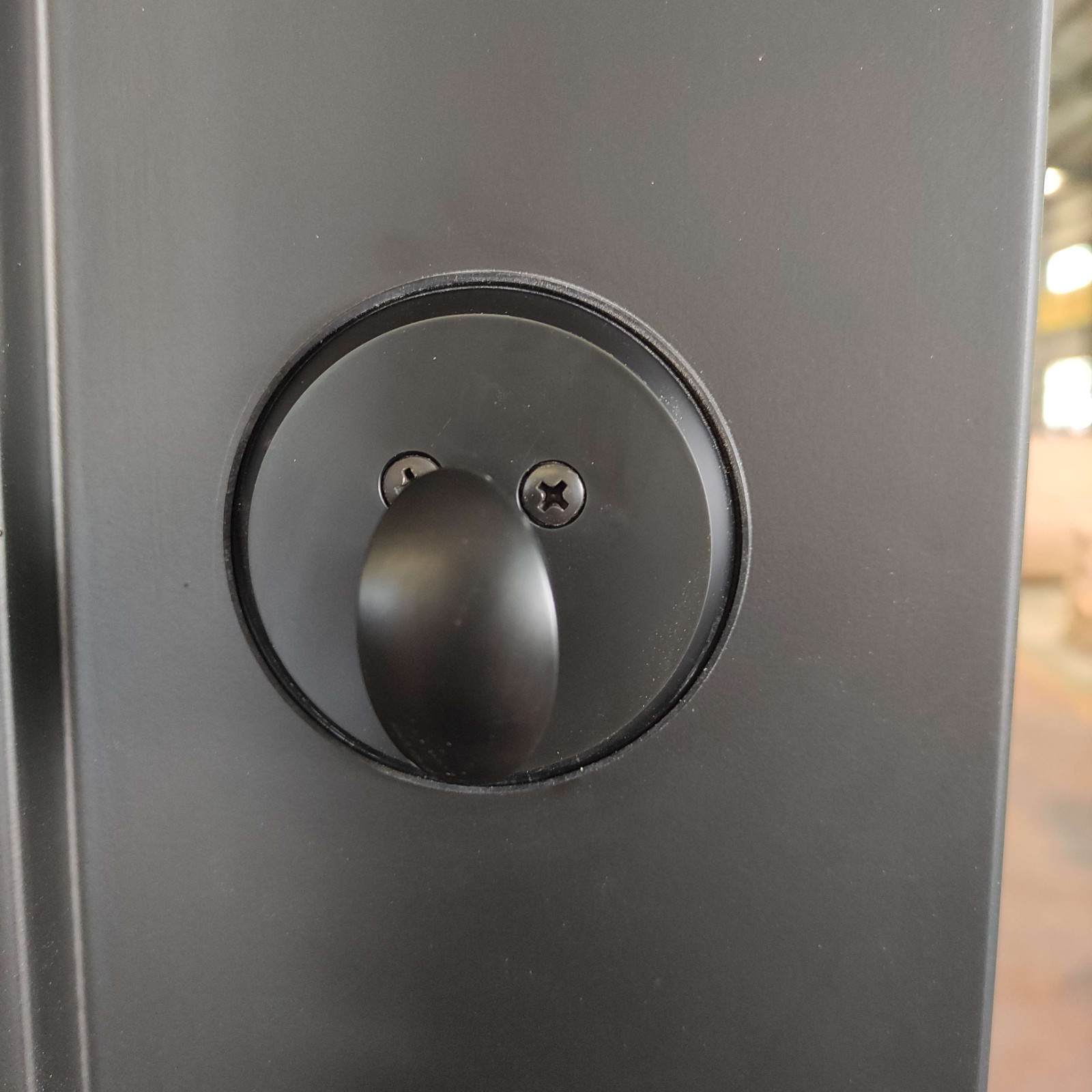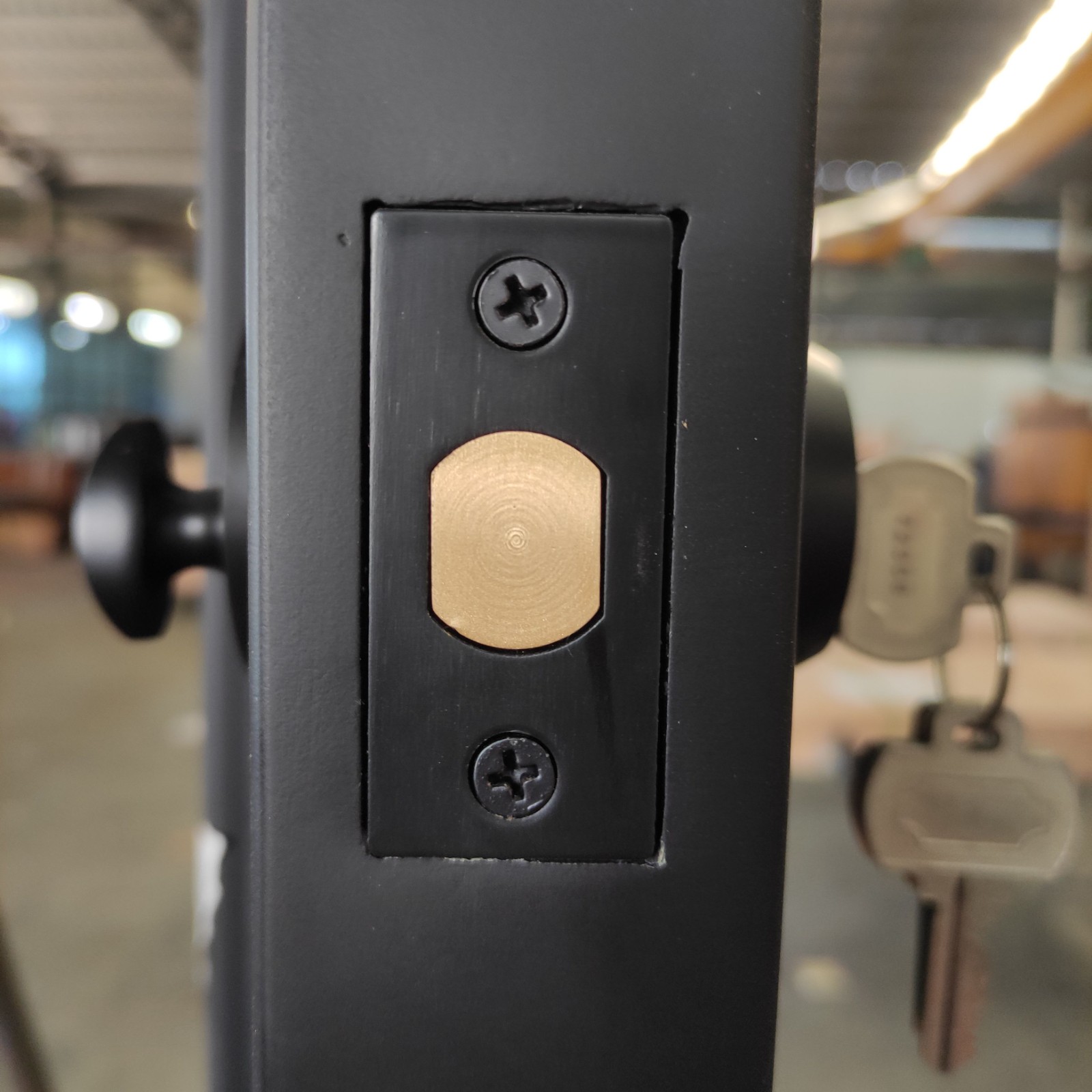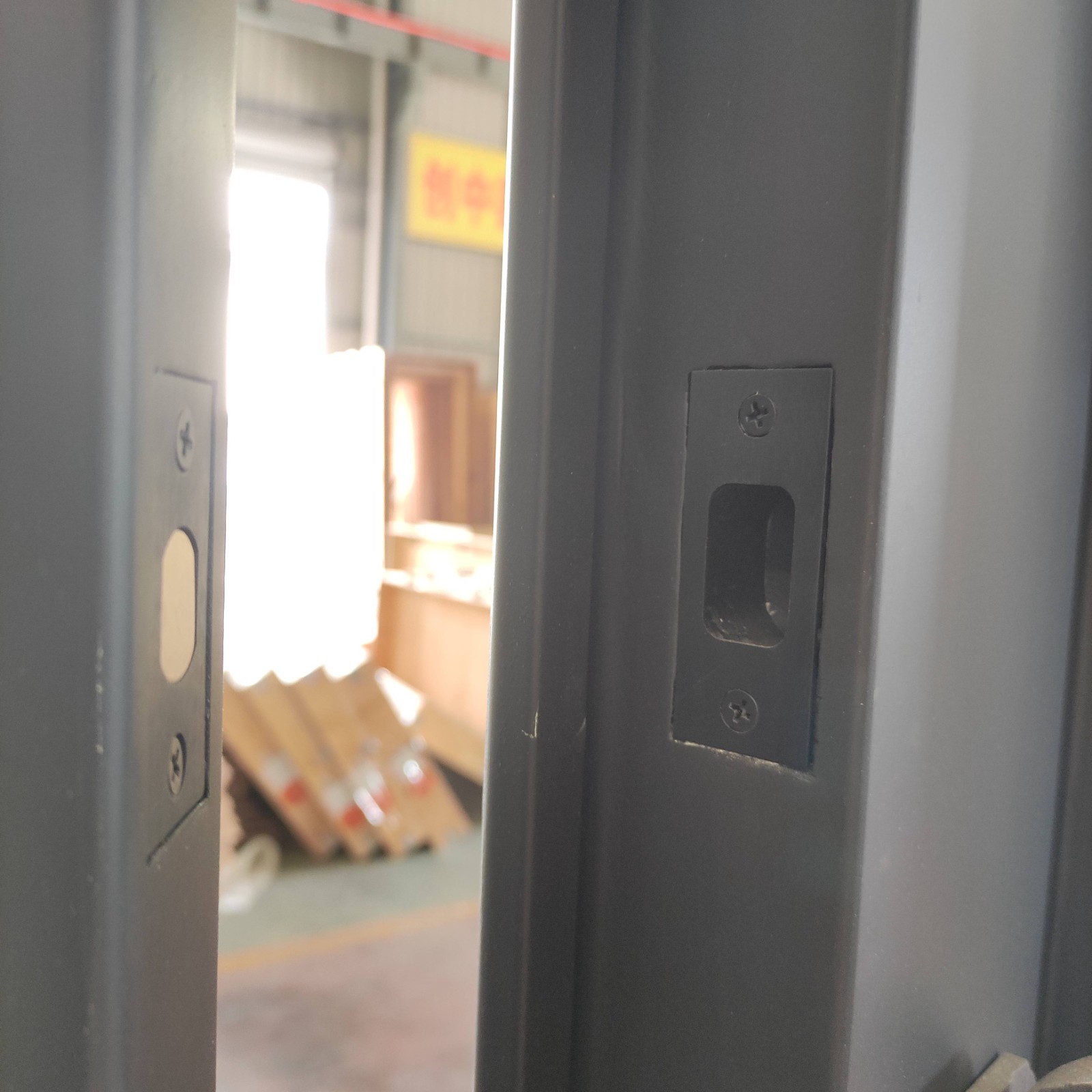Better Touch Better Business
Contact Sales at Gladman Iron Doors


The Development of Locks
Locks were born almost at the same time as private ownership. As early as 3000 BC, in the Yangshao Cultural Site of China, there are wooden locks mounted on wooden frame buildings. In the Eastern Han Dynasty, the technology of China's iron three-bolt locks had reached a very high level. The three-bolt lock has been used for more than 1,000 years.
In the early 18th century, the British D. Porter invented the cam rotary lock. The key number has developed from more than 20 kinds of three-bolt locks to more than 80 kinds. In the middle of the 19th century, European manufacturers remodeled the sliding rotary lock on the basis of the cam rotary lock and the three-bolt lock. The number of keys can reach 1,600.
In 1848, the American L. Yell invented a pin lock with a cylindrical pin, which has become the most commonly used lock in the world. There are new developments in the structure of modern pinball locks. There are two-way, three-way, and four-way pinball structures, as well as flat, double-sided, multi-sided, double-row double-sided, multi-row multi-sided pinball structures and combined pinball structures, which greatly improve the lock’s performance. Confidentiality, the number of locks has changed from the original 2500 types to millions of types through changes in "directions" and "faces".
In the 1970s, with the application of microelectronics technology, magnetic locks, infrared locks, electromagnetic wave locks, electronic card locks, Yao fingerprint locks, retina locks, remote control locks, etc. appeared. These locks have high security performance unmatched by mechanical structures. Modern locks can also realize the program control of the system in a specific system according to a set logical relationship. Modern locks can be classified according to material, purpose, key availability, safety performance and structure.
 The Current Situation
The Current Situation
For most people, the most familiar lock is the standard dead lock on the door. The ordinary deadlock has a movable bolt embedded in the door, which can extend from the side of the door body. The bolt faces a notch in the door frame. When the lock is turned, the lock bolt penetrates into the notch in the door frame to lock the door; when the lock bolt is retracted, the door can be opened and closed freely.
The deadlock has only one mission, which is to allow the person with the key to easily move the bolt, while the person without the key can hardly move it. So how does it do this for you?
Most dead locks use cylindrical locks. For cylinder locks, the key rotates a cylinder called the lock core to drive the attached lock tongue. When the lock cylinder rotates in one direction, the bolt retracts the lock bolt so that the door can be opened. When the lock cylinder rotates in the other direction, the lock tongue releases the lock bolt, and the spring bounces the lock bolt into the locked position, so that the door cannot be opened. The deadlock has no spring mechanism, and the rotation of the cylindrical lock core drives the lock bolt to slide back and forth. A deadlock is more secure than a snap lock because it is difficult to push the deadlock bolt into the door body from the side of the door.

There is a mechanism inside the cylinder lock, which can only be unlocked with the correct key. The main difference between different lock designs lies in the nature of this mechanism. One of them is the pin design, which is the most common type of mechanism and the one that is most likely to be pried.
The main component of a pin lock is a row of small pins of varying lengths. These pins are divided into several pairs, and each pair of pins is put into a pin slot. The pin slot starts at the center of the cylindrical lock cylinder (hereinafter referred to as the "inner lock cylinder") and extends upward to the lock outside the lock cylinder. Inside the core shell (hereinafter referred to as "outer lock core"). The spring on the top of the pin groove presses each pair of pins into the inner lock cylinder. When the key is not inserted, the lower pin of each pin pair is completely submerged in the inner lock cylinder, while the upper pin is partly in the inner lock cylinder and part in the outer lock cylinder. The upper pin at this position clamps the inner lock cylinder on the outer lock cylinder, so the inner lock cylinder cannot rotate. When the key is inserted, a series of notches on the key will push the pin pair up to varying degrees. When the pin pair completely fits the pin groove, the door can be opened.